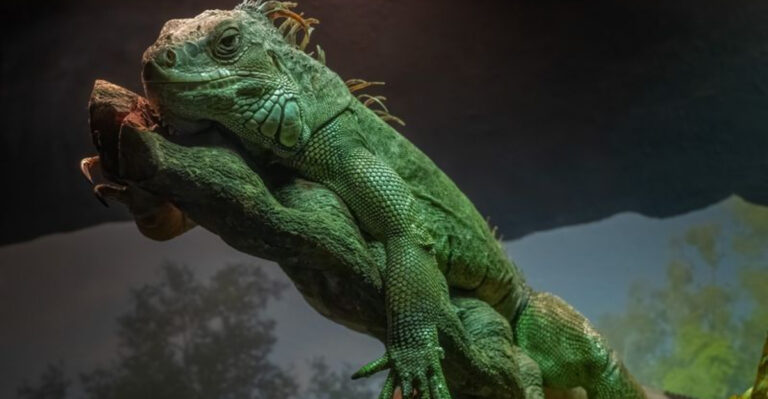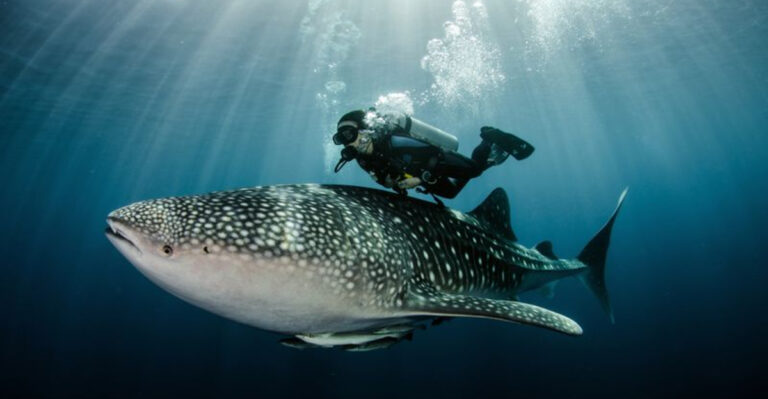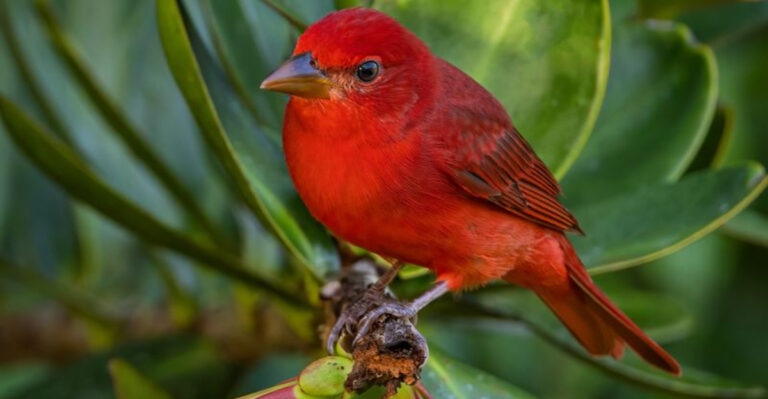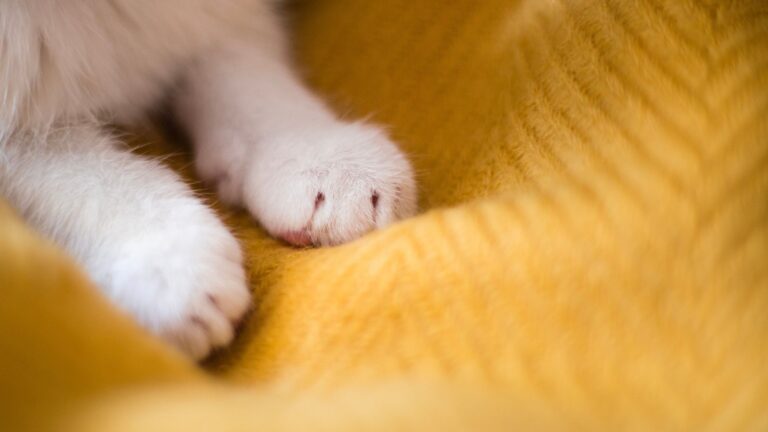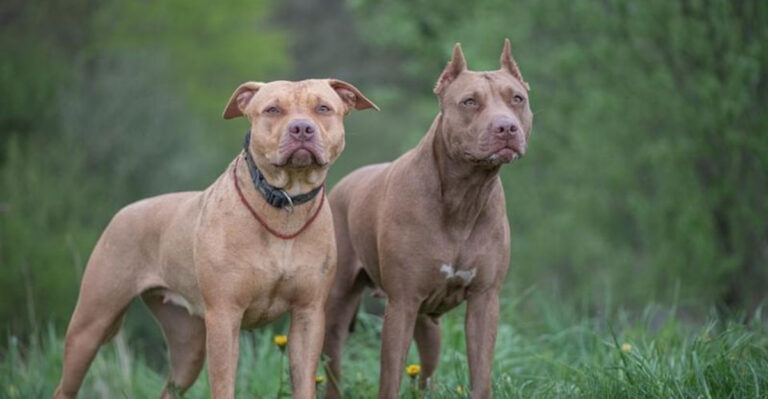Are Cats the Most Invasive Animals? Plus 11 Species Following Their Path
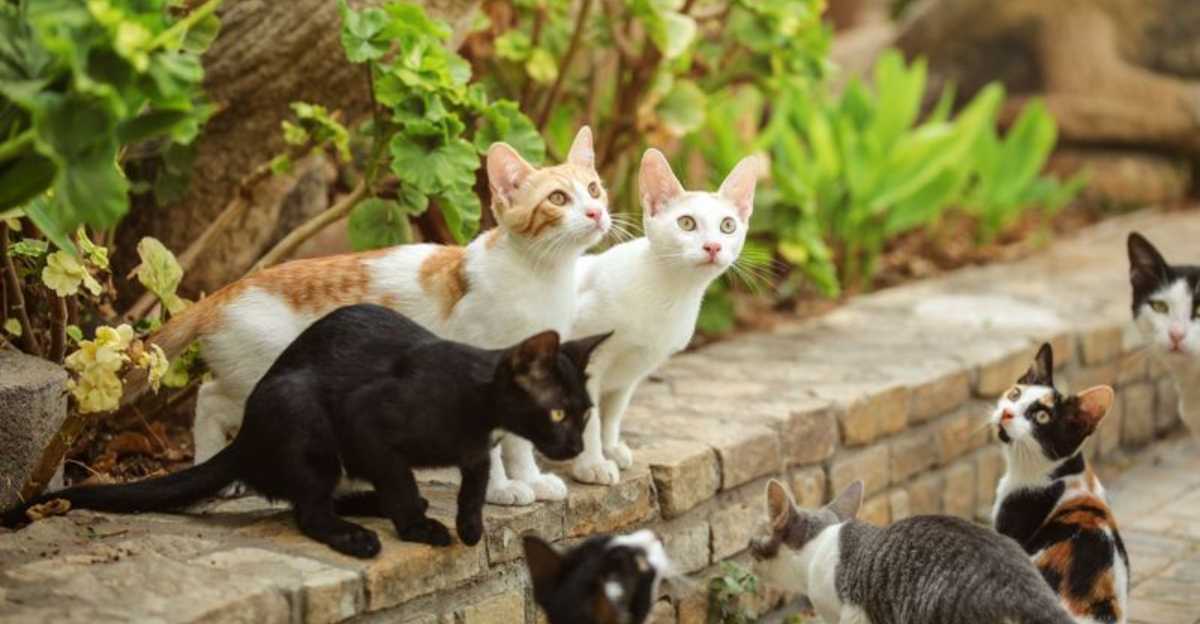
When we think about unwanted guests in our ecosystems, domestic cats might not immediately come to mind. Yet these cuddly companions rank among the world’s most destructive invasive species.
Their impact on wildlife is staggering, with billions of birds and mammals falling prey to both pet and feral cats annually.
Let’s explore how cats compare to other notorious invasive species wreaking havoc across the globe.
1. Purring Predators In Your Backyard

Those adorable furballs lounging on your sofa are actually mini-ecological disasters. Domestic cats unalive an estimated 2.4 billion birds and 12.3 billion mammals annually in the United States alone.
Unlike natural predators, these well-fed hunters don’t stop when full, turning hunting into a recreational sport with devastating consequences for local wildlife populations.
2. Colony Catastrophes
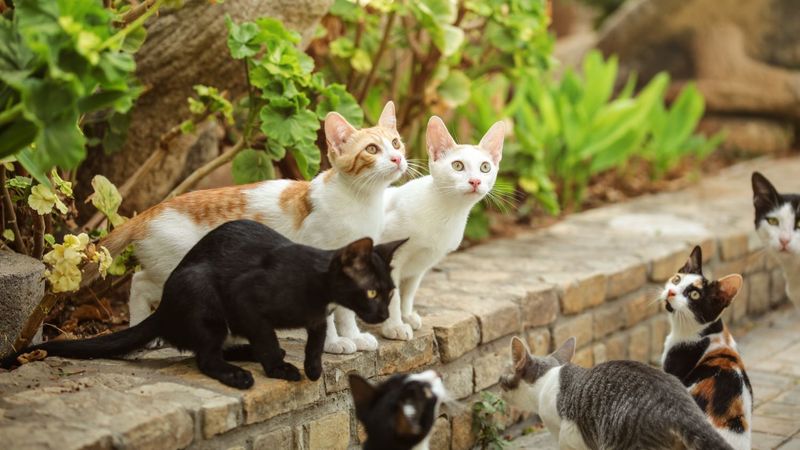
Without owners to feed them, feral cats form colonies that amplify their environmental impact. These wild-living descendants of domestic cats have contributed to at least 63 species extinctions worldwide.
On islands especially, native birds evolved without cat-like predators and lack defensive behaviors, making them particularly vulnerable to these efficient hunters.
3. Rodent Revolutionaries

Masters of adaptation, rats have hitchhiked their way around the world on ships and in cargo. Their appetite for bird eggs, seeds, and insects disrupts ecosystems from tropical islands to urban centers.
Beyond environmental damage, they spread diseases like leptospirosis and plague, making them costly invaders both ecologically and economically.
4. Sky Bullies In Massive Flocks

Introduced to North America in the 1890s by Shakespeare enthusiasts, European Starlings now number over 200 million birds. Their massive swarms overrun native bird habitats and devour agricultural crops.
These aggressive birds push out native cavity-nesters like bluebirds and woodpeckers, dramatically altering forest ecosystems across the continent.
5. River Monsters Reshaping Waterways

Weighing up to 100 pounds, Asian Carp literally jump out of the water when startled – sometimes injuring boaters! Imported for aquaculture in the 1970s, they escaped during floods and now dominate many American waterways.
These filter-feeding machines consume up to 40% of their body weight daily, starving native fish species by hogging the plankton buffet.
6. Toxic Hoppers From Down Under
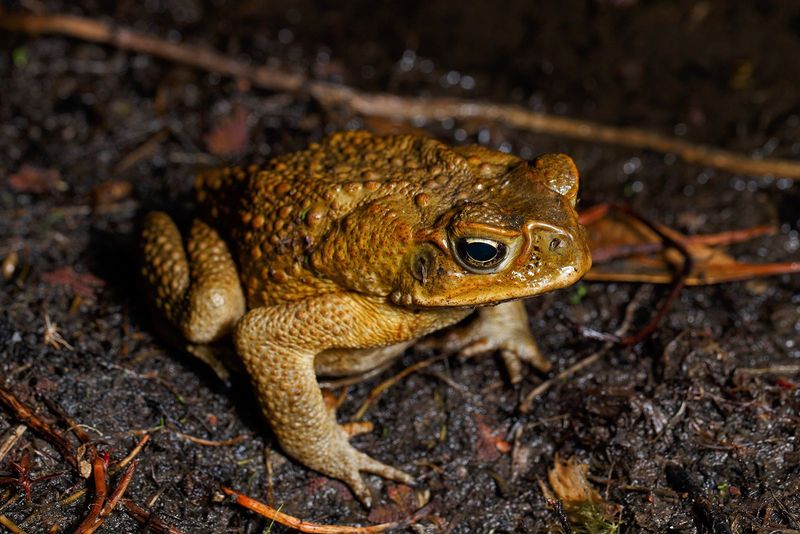
Introduced to control beetles in Australian sugar cane fields, Cane Toads instead became a poisonous nightmare. With no natural predators and toxic skin that deters would-be hunters, their population exploded to over 200 million.
These warty invaders devour native insects and small animals while poisoning anything that tries to eat them, creating a deadly ecological trap.
7. Feathered Bullies Taking Over

Seemingly innocent, House Sparrows are actually feathered thugs that evict native birds from their nests. Brought to Brooklyn in the 1850s, they’ve spread across North America with remarkable aggression.
These birds peck eggs, harm nestlings, and harass adult native birds until they abandon their territories – behavior that has contributed to declining bluebird and martin populations.
8. Tiny Shellfish, Massive Problems

No bigger than a fingernail, Zebra Mussels pack an economic punch costing billions in damage. Since arriving in the Great Lakes in ship ballast water, they’ve colonized surfaces at densities exceeding 700,000 per square meter!
Their filter-feeding clears water – sounds good until you realize it removes food for native species while concentrating pollutants in their tissues.
9. Slithering Tree Climbers Of Guam
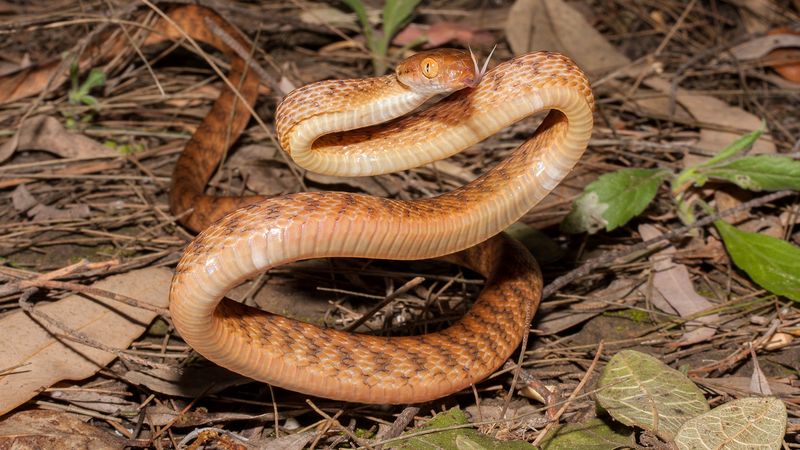
Accidentally transported to Guam after World War II, Brown Tree Snakes created an ecological apocalypse. These nocturnal hunters have eliminated 10 of 12 native bird species from the island.
With no natural predators and abundant prey, their population density reached 13,000 per square mile in some areas – creating literal snake-filled trees across the tropical paradise.
10. Florida’s Slithering Giants
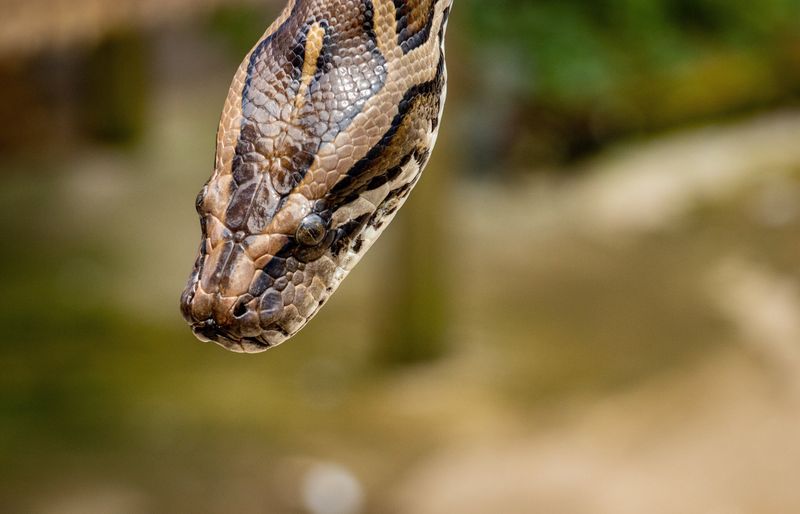
Released by overwhelmed pet owners, Burmese Pythons have transformed Florida’s Everglades into a mammal ghost town. These massive constrictors – reaching over 18 feet long – have reduced raccoon populations by 99.3% and rabbit populations by 100% in some areas.
Female pythons can lay 50-100 eggs annually, creating a reproductive nightmare in the perfect habitat with no winter to limit their spread.
11. Mouflon Sheep
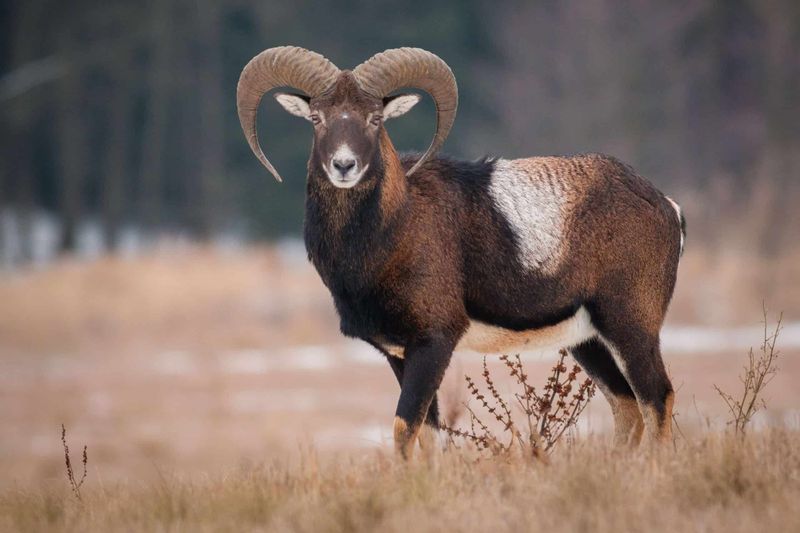
Mouflon sheep, originally from the Mediterranean region, were introduced to the U.S. for hunting purposes in the early 20th century. These hardy animals quickly adapted to various environments, particularly in the western United States, where they outcompeted native species for food and territory.
Their ability to thrive in different landscapes, from deserts to grasslands, has made them a successful invasive species. The mouflon sheep’s rapid population growth is threatening native plant and animal species across several regions.
12. Red Fox

The red fox has become a widespread invasive species in many parts of the world, including Australia. Introduced in the 19th century for sport hunting, it has since thrived, pushing out native species and hunting small animals into near extinction.
Red foxes are highly adaptable, thriving in both rural and urban areas, and their predation of native wildlife has caused significant ecological disruption. Their rapid spread has resulted in the decline of various species, including birds, rabbits, and reptiles.

